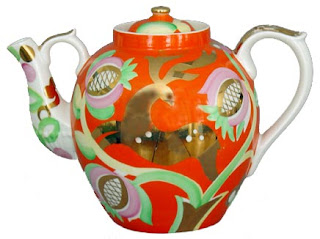
Central Asian peoples have always enjoyed grapes – fresh or dried to raisin, or fermented.
The climate in many parts of Uzbekistan is nearly perfect for wine production. The country enjoys a continental climate with mild winters and warm to hot summers with low precipitation in the lowlands. However in the upland valleys and mountains rainfall is one metre, more than enough for successful viticulture.
The long hours of sunshine and an abundance of large tracts of irrigated lands has created ideal conditions for the large scale development of the wine industry in Uzbekistan.
Viticulture traces its roots deeply back into history. Vine cultivation first began in the nearby Caucasus region between the Caspian and Black Seas some 5-6,000 years ago. Arabs, Greeks, and other traders are believed to have been the first to import vines from Iran into Uzbekistan by the sixth century B.C.
The Ferghana Valley has long been famous for their luscious grapes. Chinese literature recounts the introduction of grapes into China from the Ferghana Valley during the Han dynasty between (136 to 121 BC) and their planting in Xi'an, the legendary eastern terminus of the Silk Road near China's Yellow River.
Other Archaeological evidence suggests that grapes were being produced by the fifth century B.C. in the Samarkand region.
Viticulture and winemaking is known to have flourished in Uzbekistan up until the seventh century A.D. when with the arrival of Islam production was changed from wines to table grapes and raisins.

Modern wine production began again in the Samarkand region soon after the annexation of Turkestan by Imperial Russian in the middle of the 19th century. New settlers planting grape varieties from Moldova, the Crimea and Georgia.
In 1917 Uzbekistan had some 38,000 hectares of vineyards (mostly owned by individuals). By 1930 most of these vinyards had became part of state farms and collectives producing wine for both local consumption and export to other parts of the Soviet Union (mainly to Russia, the majority of which has climatic conditions unsuitable for wine production).
In 2005 Uzbekistan had just over 264,000 acres of vines (OVI) with more than 40 grape varieties being grown. About half of which are for table grapes rather than winemaking.
Popular wine grape varieties in Central Asia include Aligote, Aleatico, Bayan-shirey, Riesling, Muscat, Soiaki, Khindogny, Kuljinski, Maiski Cherny, Morrastell, Muscat Ottonel, Rkatsiteli, Rubinovy Magaracha amd Saperavi.
A number of vinyards use a mix of early and late ripening varieties so that there will be continuous harvesting for a least 120 days during a year.
Photo: One of my favourites is this dry sweet wine with Japanese style logo from Tashkent producer Meva Shabart
Uzbekistan produces many excellent brands of semi-dry or semi-sweet red wine and sparkling wines to satisfy the local market.
It exports a significant part of its production to Russia (where it is one of the top 10 importers), Kyrgystan and Kazakhstan. (Exports: Russia 60%, Kyrgyzstan 20% and Kazakhstan 15%).

The wine industry of Uzbekistan is led by Uzvinprom-Holding, which produces a wide range of fine wines and spirits. Uzvinprom includes some 65 industrial enterprises, 42 of which are engaged in bottling, 20 in primary wine making and 3 in spirits production.
In Karakalpakstan ОАО Nokis Vinozavod «Нукус вино заводы» produces 15 kinds of vodka but at present no wine. Wine grapes however are grown in southern Karakalpakstan but the production I understand is mainly for household use. In neighbouring Khoresm however their are several commercial vinyards.





















.jpg)






























